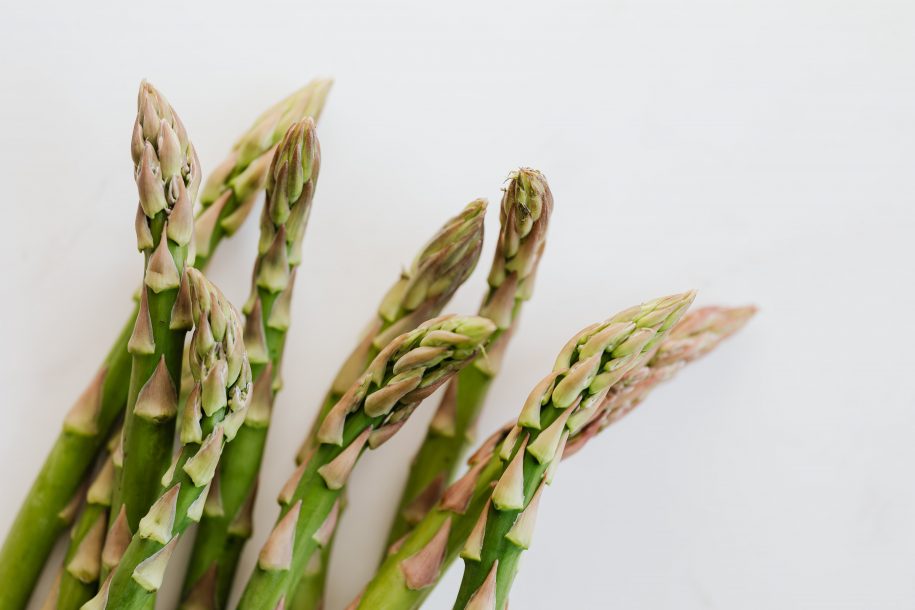One of the most common reasons for people thinking they need to consume animal products is that they exercise a lot and believe they need high amounts of protein, or simply that plant foods aren’t of equivalent quality or don’t contain all the amino acids that are required to support human health.
Ironically, it’s actually pretty challenging to consume a plant-based diet which doesn’t provide adequate protein and there are many benefits to consuming plant proteins over animal proteins, not least for the animals and the environment. By keeping a few key things in mind, it’s very easy to meet your protein needs on a plant-based diet.
So how much protein do we need?
Depending on age and activity levels, protein requirements differ considerably. However, for most adults 0.83g/kg of body weight is considered safe, with some experts suggesting a goal of 0.9g/kg of body weight for vegans, due to the slightly lower digestibility of some plant proteins. These are not difficult numbers to shoot for; this means that an adult weighing 60kg would require 54g of protein throughout the day.
Strength athletes may wish to aim for between 1.3-1.9g/kg per day, especially whilst gaining muscle, whilst endurance athletes may wish to aim for between 1.5-2.0g/kg per day whilst training. Conversely, these numbers are pretty high and more readily reached by including protein shakes or high-protein bean pasta in addition to regular meals.
For infants, pregnant women and the elderly, nutrition needs should be discussed with health care providers.
What do we need to be mindful of?
You may have heard of amino acids which are individual compounds that the body uses to make proteins and help the body break down food. The good news is that all the essentials are found in the plant kingdom in varying amounts! Some foods such as soy products (tofu, tempeh or soy milk), quinoa, buckwheat and amaranth are considered “complete proteins” since they have high levels of all of these required amino acids. Other whole grains and beans have lower levels. There is an outdated notion that these foods need to be eaten together, in the same meal, to adequately meet protein needs but this has been long debunked, with a caveat for young children and infants who may still require this style of meal planning.
For adults, ensuring a varied intake of beans or bean products, whole grains, nuts and seeds throughout the day should more than adequately cover protein requirements. It’s interesting to note that in many culture’s traditional cuisines, foods from the bean family are combined with food from the grain family anyway; think lentil dahl, or rice and beans.
What are the best sources of protein?
Soy products are an outstanding protein source with an amino acid profile and protein quality to rival meat, but trading the other components that compromise health for antioxidants and fibre. Luckily, soy is found throughout the Flave menu!
Quinoa, amaranth, beans and whole grains are also good sources of protein and should be eaten throughout your week. Nuts and seeds also contain good amounts of protein but can be calorie-dense and should be eaten in moderate quantities. Like meat, these foods that are higher in protein also tend to be good sources of zinc and iron.
One nutrient which is not present in plant foods, though, is B12 and if eating a vegetarian or vegan diet, or above the age of 50, you should discuss supplementation and testing with your doctor, nutritionist or naturopath.
Now that we’ve address meeting protein needs on a plant-based diet, make sure you check out our post on the health benefits of eating this way!





Leave a Reply